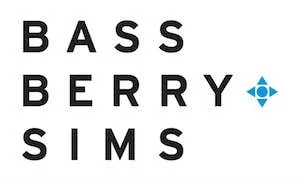- within Coronavirus (COVID-19) topic(s)
With the mergers and acquisitions (M&A) activity no longer at its peak, parties are still utilizing various tools to close the valuation gap. Those tools include, among others, the following:
- Seller notes.
- Equity grants that are subject to vesting based on the future
financial performance of the target business.
- Earnouts.
In some transactions, parties must use all three of these tools in order to make the economics/risk allocation ultimately work for the parties.
We are seeing increased frequency with which earnouts are being used in 2023 will as compared to the early part of 2022 when we were still in a seller's market. This trend can also be attributed to the cost of financing for private transactions.
When structuring, drafting and negotiating earnouts, consideration should be given to the following:
- Earnouts are prone to disputes, so clarity around the
applicable earnout metrics (revenue, EBITDA, etc.), earnout period
(1-3 years), payout formula and measurement standard (i.e., GAAP
and exceptions to GAAP) is very important. Bloomberg researchers
have already picked up a significant increase in the number of
earnout disputes filed in federal and state courts – see this
Bloomberg Law article.
- If applicable, consider expressly addressing any potential
Medicare/Medicaid recoupment issues and their effect on the
achievement and payment of the earnout.
- For businesses that derive revenue directly or indirectly from federal healthcare programs, earnouts should be carefully structured, considering applicable healthcare laws and regulations, including the federal Anti-Kickback Statute, preferably at the LOI stage. Guardrails should be employed mainly if any business derived from the referrals of physician owners is being considered in the calculation of the earnout.
The content of this article is intended to provide a general guide to the subject matter. Specialist advice should be sought about your specific circumstances.


